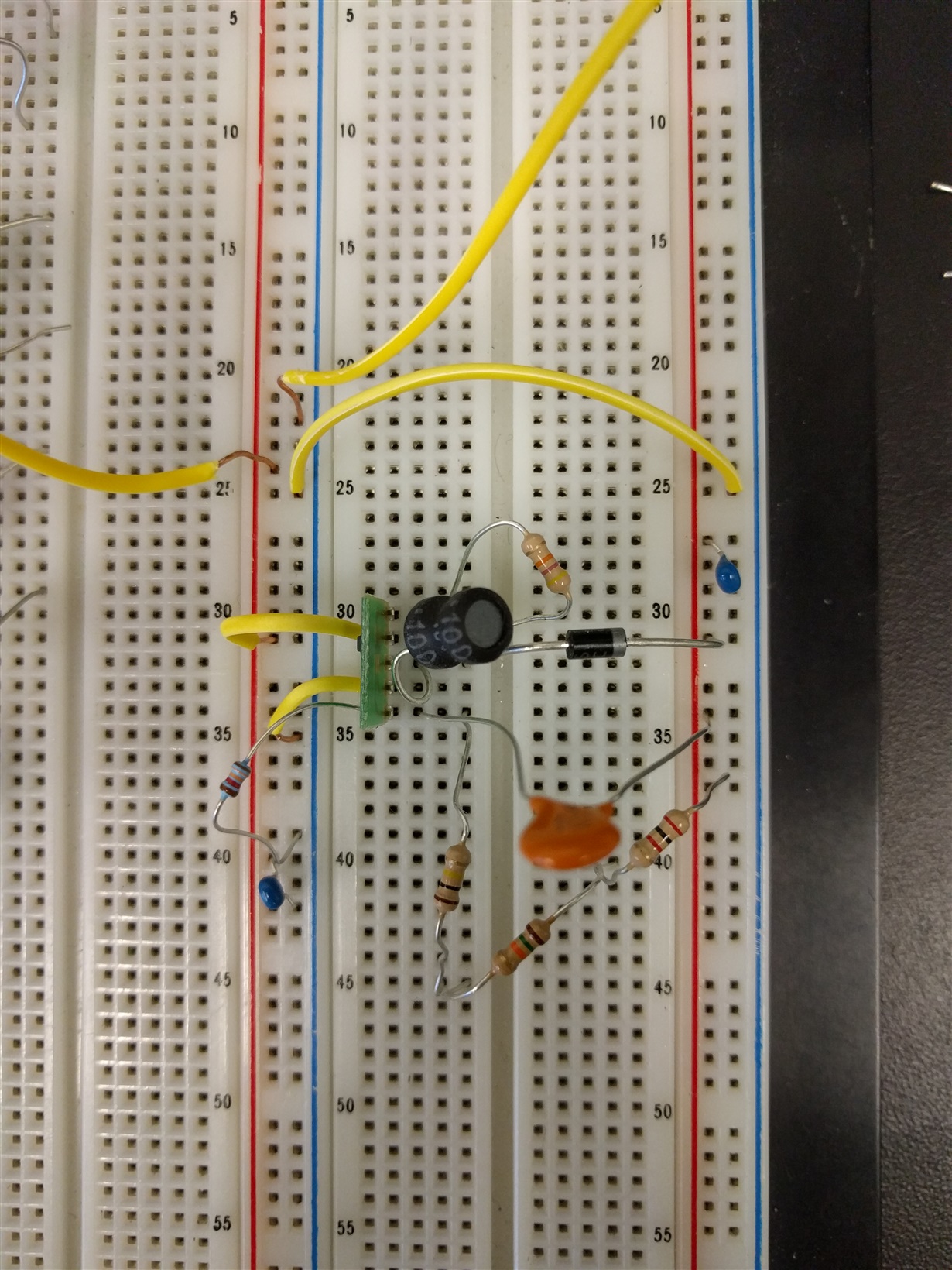Greetings ,
I recently purchased several of both LMR62014 and LMR27313 IC's for a voltage step-up application. I want to step up voltage from 12V to 18V and the circuit it will feed into requires between 50mA and 590mA. I used the online datasheet to help size and design the circuit but have been unsuccessful in producing my desired output. I have also attempted to recreate the example circuits provided at the beginning of each datasheet but got some extreme results. I will outline a few circuits i've tried below:
Try 1: attempt to recreate the example circuits
Vin - 5
R1 - 117K
R2 - 13.3K
R3 - 47K
L1 - 10uH
C1 - 2.35uF (ceramic)
C2 - 4.7uF (tried ceramic, ceramic and electrolytic, and electrolytic)
Cf - 225pF (ceramic)
D1 - SB130-T (30V schottkey diode with a 1A current rating and 500mV leakage)
This produced an output oscillating between 19.3V and 21.5V while the expected is 12V
Try 2: attempt to achieve 18V output from 12V input
Vin - 12
R1 - 180K
R2 - 13.3K
R3 - 47K
L1 - 10uH
C1 - 2.2uF (ceramic)
C2 - 4.7uF (tried ceramic, ceramic and electrolytic, and electrolytic)
Cf - 150pF (ceramic)
D1 - SB130-T (30V schottkey diode with a 1A current rating and 500mV leakage)
This produced between 23V and 26V output which I thought exceeded the output max
Try 3: attempt to adjust R1, R2 to achieve desired output
For this application I stepped the voltage up as I found whether I was producing a good ~18V output however once I got to a 10.5V input the Vout matched Vin. The design kept capacitors C1 and C2 the same as above and Cf changed slightly with respect to R1. Keep in mind for this try I was not doing precise calculations as I did before, this was more trial and error.
R1/R2/Vout/Vin-turnoff limit:
180k/12k/26V/9V
150k/11k/19V/10.5V
100k/11k/18V/10.75V
100k/10k/18V/11V
This however is an issue because I need to be able to take ~12V in and send ~18V out for my application to work.
A couple thoughts I had were, do I need to have some load connected for the circuit to function correctly?
Is there a calculation or component that I am missing?
Any ideas as to why I was unable to recreate the example circuits?


